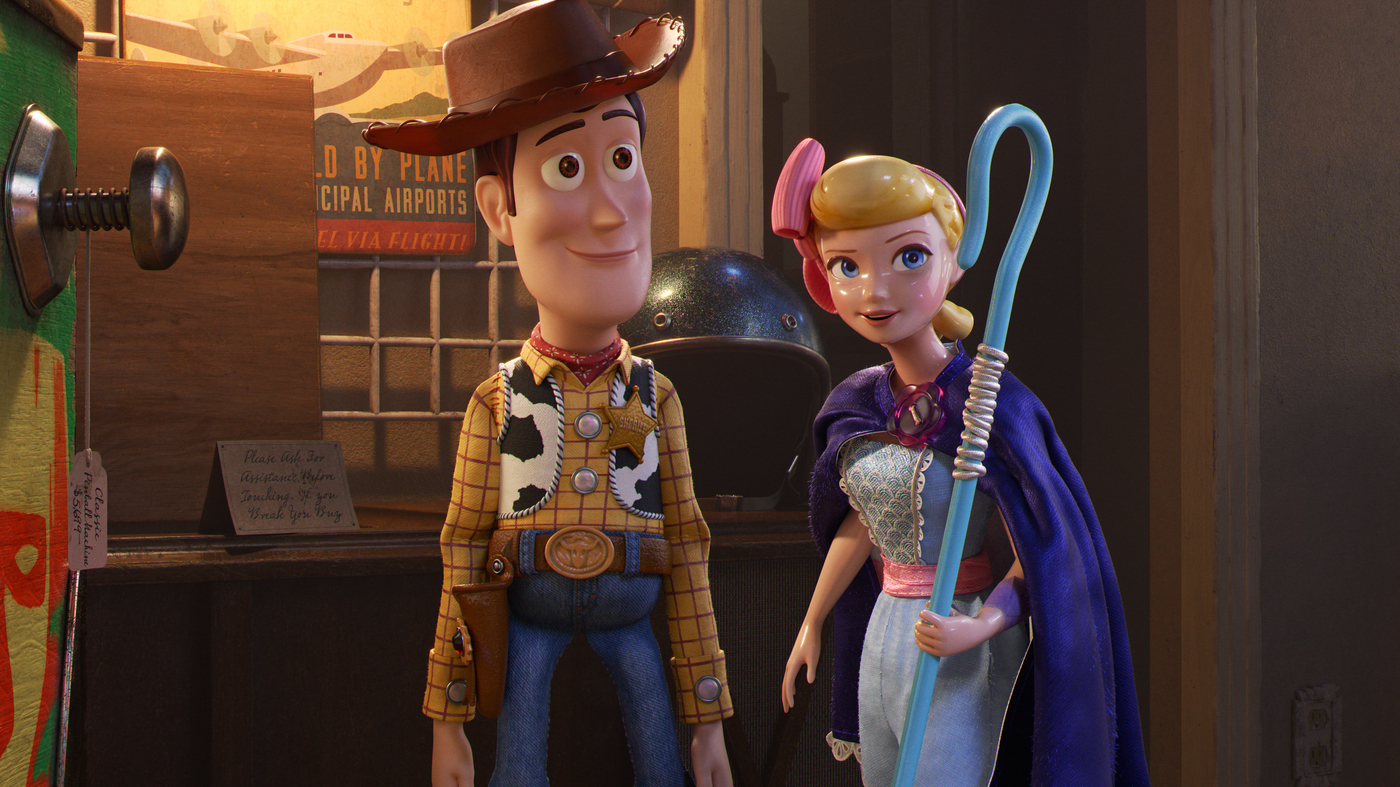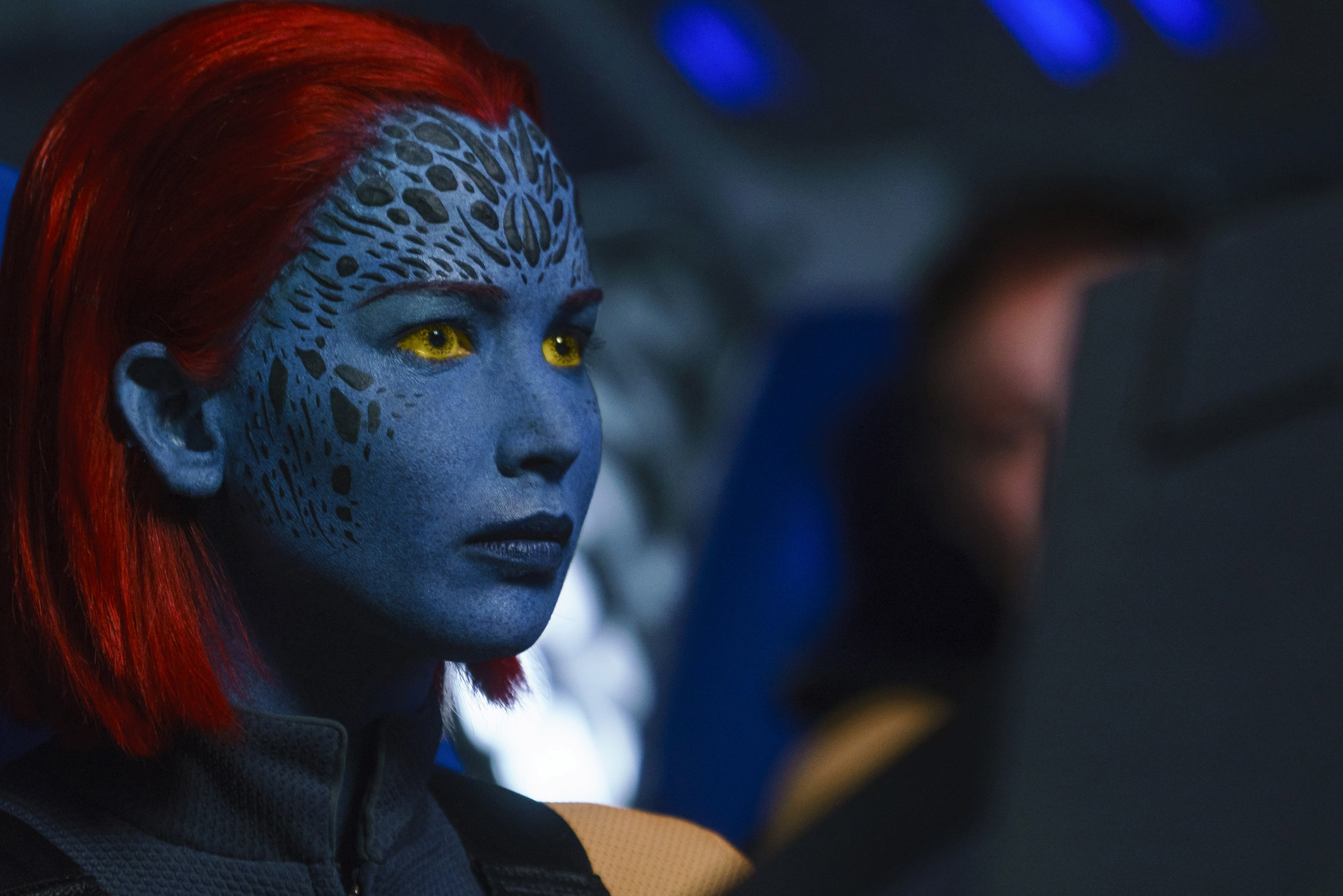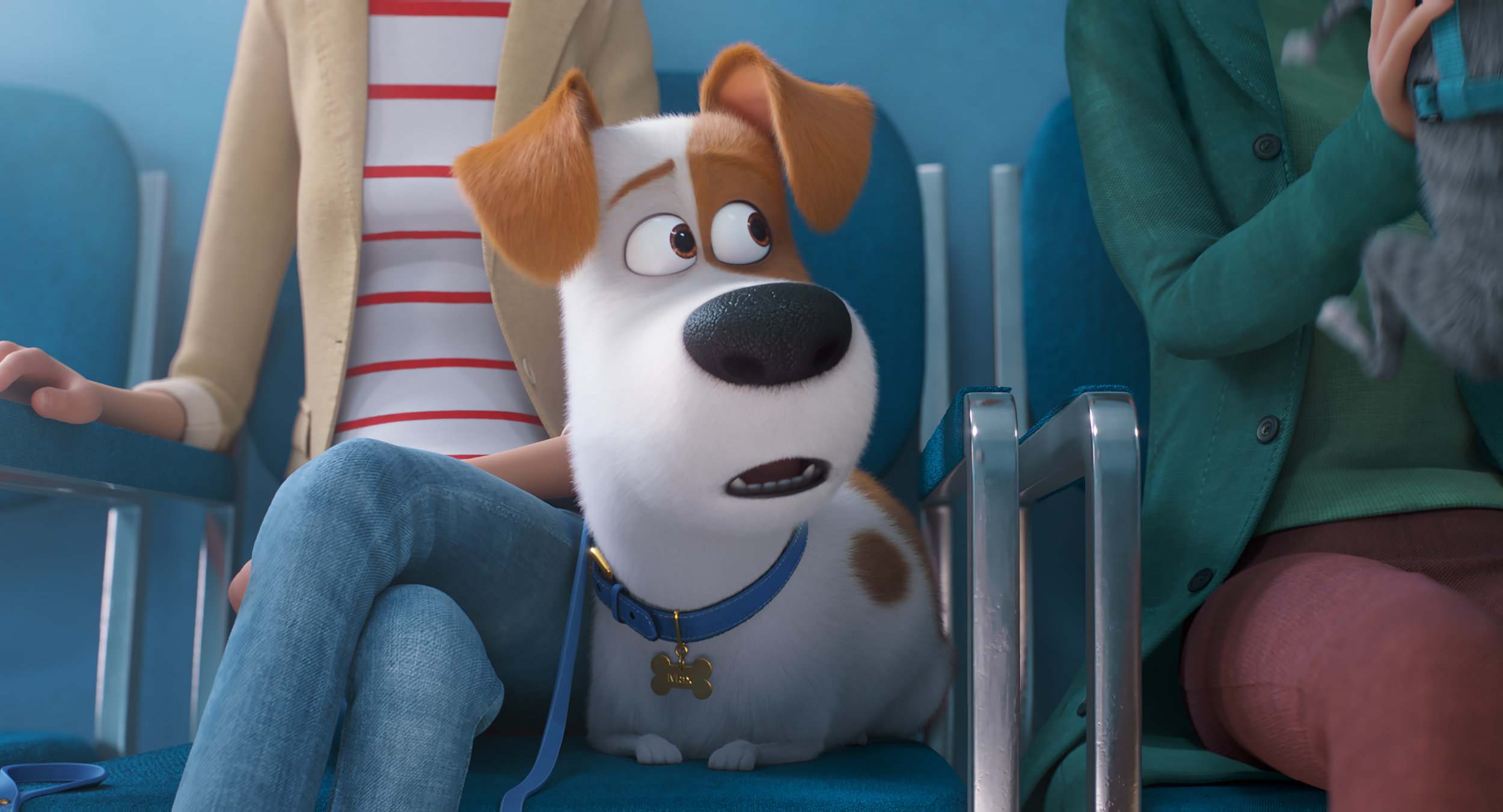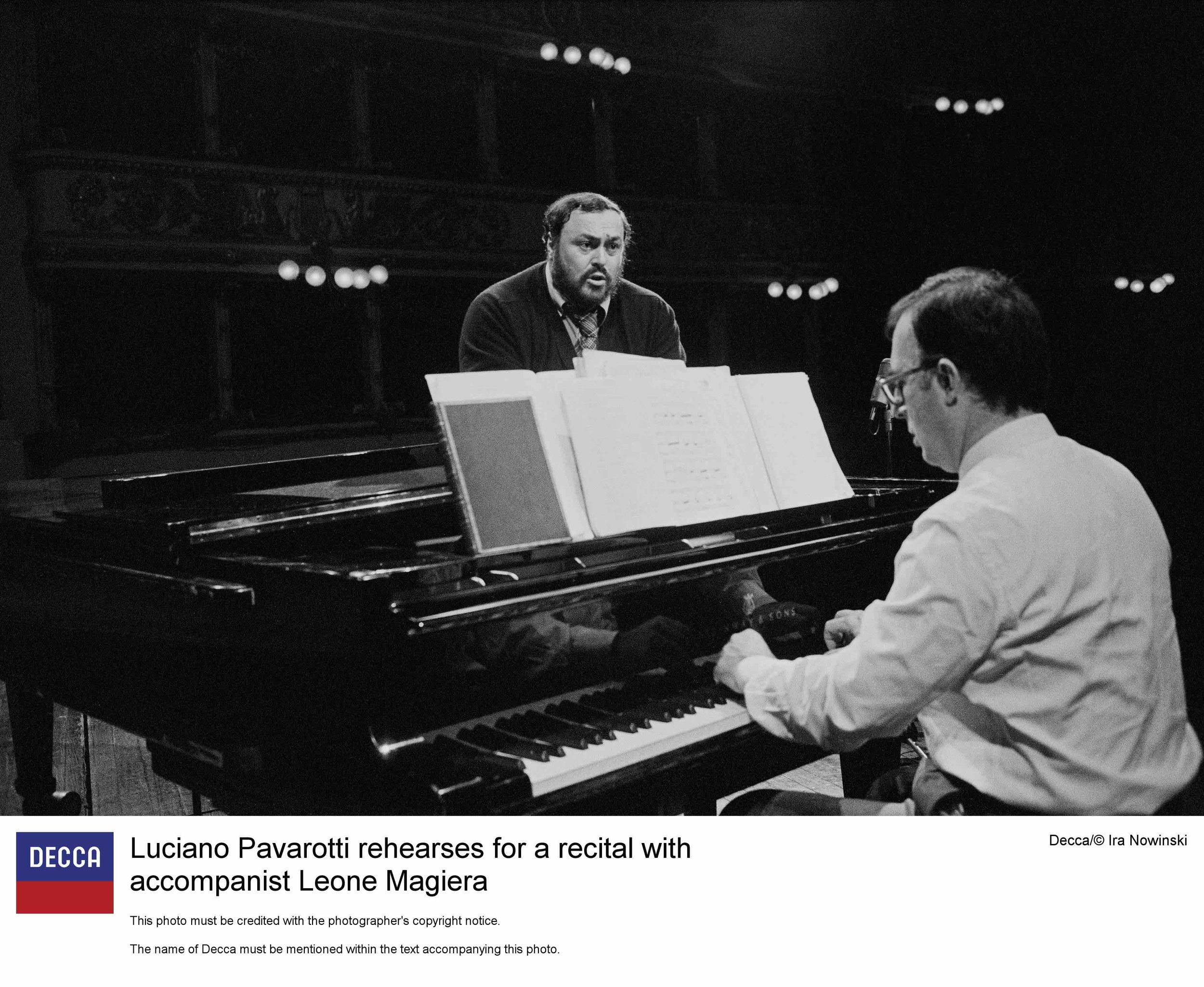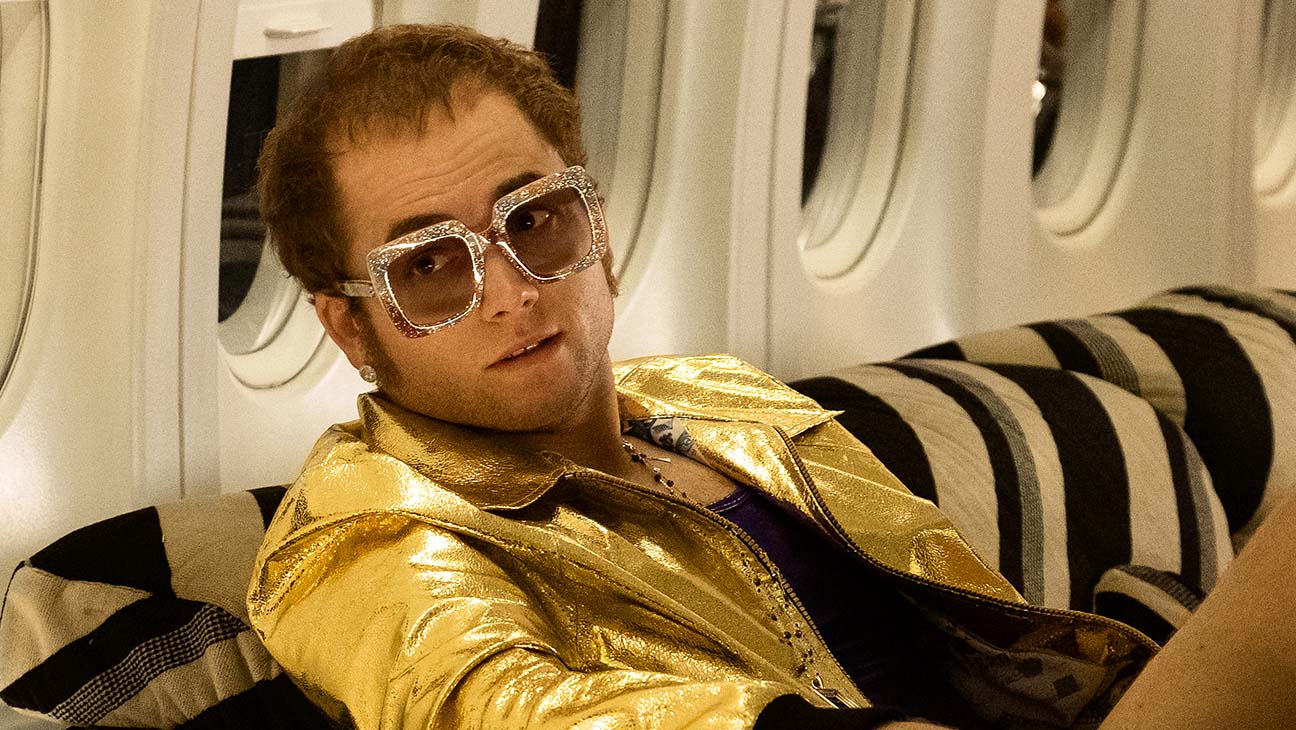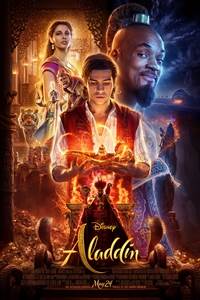‘Spider-Man: Far from Home’ doesn’t stray from Marvel’s Midas touch
Directed by: Jon Watts
Written by: Chris McKenna and Erik Sommers
Starring: Tom Holland, Jake Gyllenhaal, Jacob Batalon, Zendaya, Samuel L. Jackson, Cobie Smulders, Marisa Tomei, and Jon Favreau
“Spider-Man: Far from Home” – Peter Parker (Tom Holland) needs a break.
This teenager fought alongside Tony Stark, became an Avenger, traveled into deep space, battled a purple-skinned, 8-foot Titan, died with half the universe’s population, and – five years later - came back to life. If you have not seen “Avengers: Endgame” (2019), this critic will not reveal any more spoilers from that film’s colossal closing chapter on the Marvel Cinematic Universe’s (MCU) first 11 years.
Yes, “Endgame” delivered a spectacular ending, with all the madness and pomp and circumstance of a trifecta-trip to an amusement park, a rock concert and The World Cup…all rolled up into one evening.
By contrast, “Spider-Man: Far from Home” is the morning after.
Peter is back in Queens. He lives with his Aunt May (Marisa Tomei) and takes classes at Midtown High School. Life has been a whirlwind, and Peter hopes that a Midtown-sponsored European class trip is a healthy and healing dose of calmer life-weather. Quite frankly, MCU fans could use a tonal shift too, and director Jon Watts (“Spider-Man: Homecoming” (2017), “Cop Car” (2015)) delivers a needed change of pace in this very good superhero film that also doubles as a lively comedy with (a little more than) a pinch of teenage romance.
It’s been five years and eight months since Thanos’ (Josh Brolin) snap, and although this film is set in the near-future, the soundtrack takes a time warp into the past. With music that includes yesterdecade-acts like The Ramones and The Go-Go’s, these groovy sounds match the script with plenty of breezy high school banter between Peter and his best friend Ned (Jacob Batalon), Flash (Tony Revolori), MJ (Zendaya), and teachers Mr. Harrington (Martin Starr) and Mr. Bell (J.B. Smoove). Many of the quips connect, especially with Peter and Ned’s philosophical analysis of the dating-world. Mr. Harrington and Mr. Bell show stunningly-bad chaperone-ineptitude, as the teachers basically play into a clueless-adult schtick from almost every teenage comedy over the last 40 years, from “Better Off Dead…” (1985) to “Booksmart” (2019). Admittedly, some of their hopeful moments fall a little flat.
Meanwhile, Peter hopes that his plans for a romantic jumpstart with MJ in Paris don’t fall flat. This restless teenager simply wants to hang out with his friends and win over the girl, but Nick Fury (Samuel L. Jackson) and Maria Hill (Cobie Smulders) have other ideas. They need his help along with a brand new superhero, Quentin Beck (Jake Gyllenhaal). This man-of-mystery, dubbed as Mysterio, sports an opaque crystal ball as a helmet, a metallic-green suit, a maroon cape, and a can-do attitude. He needs a positive outlook, because he dukes it out with four 100-foot creatures called Elementals. No, you won’t find Philip Bailey, but Earth, Wind, Fire, and Water are represented, and these creatures wreak havoc over European hotspots like Venice.
The film successfully dangles a pair of heated emotional pulls that tug at Peter: the slow healing process from his recent time/space rollercoaster and the current crossroads between high school adolescence and superhero responsibilities. When love fills a teenager’s head, crowbarring other life-plans into purview may prove nearly-impossible, and Fury and Hill don’t hold the right keys to unlock the power of persuasion.
Holland, 23, needs no persuading to convince (most) moviegoers that he perfectly captures Peter’s challenges to process his clashes with Thanos, face future responsibilities and cope with the painfully-real teen angst of butterfly feelings. These latter moments are complete with stolen glances and awkward conversations, and Zendaya allows MJ to let her guard down with Peter, as their energy travels into warmer spaces. Peter’s relationship with Happy (Jon Favreau) evolves too, because Stark’s best friend nicely lightens up on Marvel’s youngest protagonist.
“Spider-Man: Far from Home” certainly is a lighter affair than the two-part “Infinity War” saga but it is not without some enormous special effects and highly-kinetic sequences. Watts, Holland and the cast and crew hand MCU fans a 2-hour 9-minute chance to ease into a Marvel Phase 3 denouement, regroup for Phase 4 and - more importantly - watch our friendly neighborhood Spider-Man grow from his European vacation, even though it is not the break that he expected.
(3/4 stars)
Jeff – a member of the Phoenix Critics Circle – has penned film reviews since 2008, graduated from ASU’s Walter Cronkite School of Journalism and is a certified Rotten Tomatoes critic. Follow Jeff and the Phoenix Film Festival on Twitter @MitchFilmCritic and @PhoenixFilmFest, respectively.



